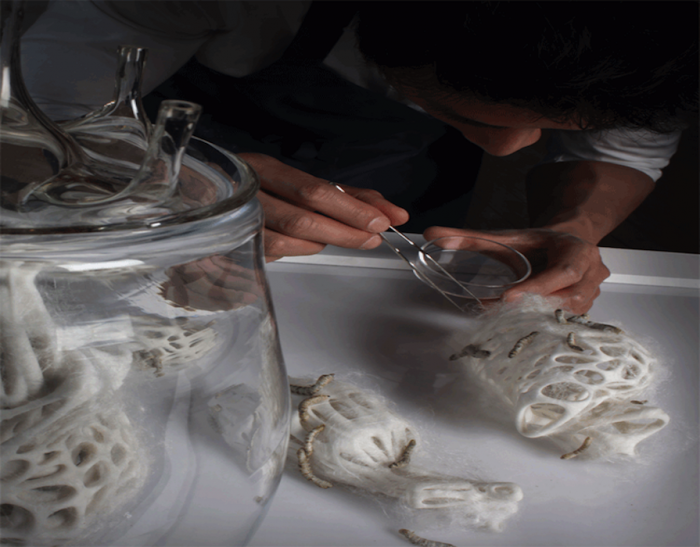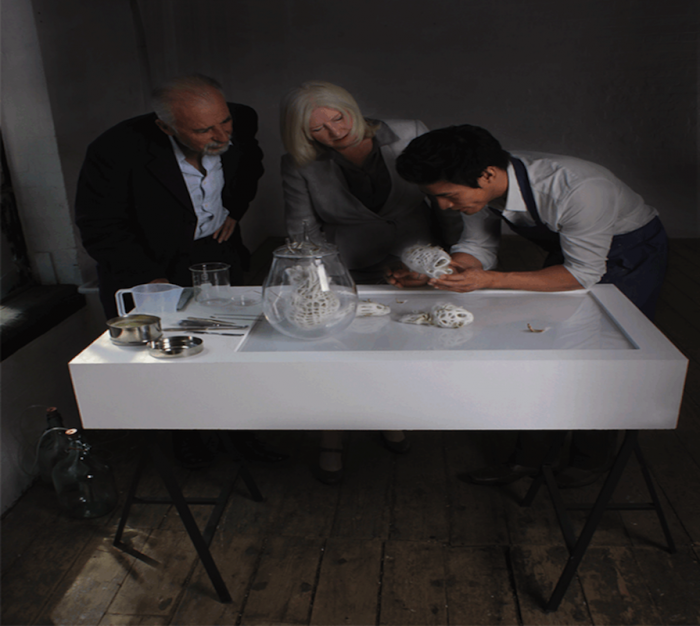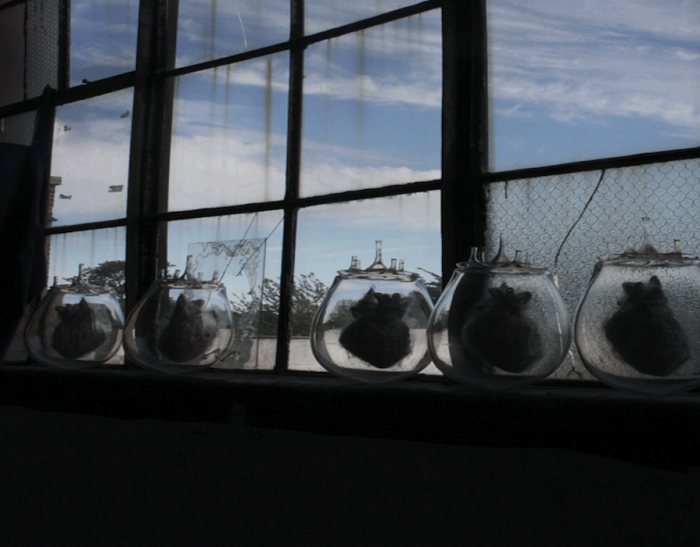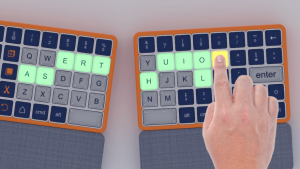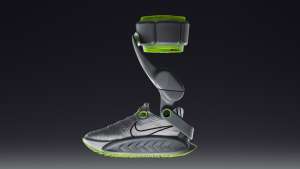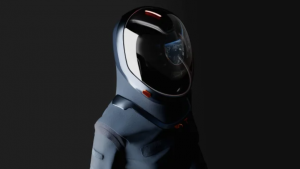By the year 2021, the silk industry will have reached over 15 billion dollars in global trade. Whereas in 2030, the number of deaths associated with cardiovascular disease is expected to reach over 26 million.
What do these two things have in common? They form the basis of the work done by researcher and designer Veronica Ranner.
At the center of Ranner’s research lies the Bombyx Mori, a silkworm that is also the most domesticated animal known to man. Together with her team at Polyphonic Futures, she uses it as a base for studies. She believes the silk spun from the insect is strong enough to weave a donor heart. This process would help decrease the shortage in organ donors.
The team's work suggests a way of making sure the donor heart will be safe and not rejected. The design configurations show a way of using reverse engineered silk as a biomaterial, which will be used as a platform to weave a collective matrix for the donor heart.
This will ensure support for the organ and the built in fears that surrounds the waiting period.
”Silk being a biodegradable polymer, once reversed it can be fabricated into different shapes and in connection with electronics, it can turn the body into a receptive digital platform,” Ranner explains. The use of silk will also allow patients to experience a less intrusive surgery with less pain and will lead to a quicker recovery time.
Ranner's work has been exhibited all over the world, including the Victoria and Albert Museum in London, earlier this year. Her lectures on this subjects has also been popular amongst students.
But is this ethical?
Ranner knows that this becomes an ethical dilemma especially when looking at how silkworms are treated in the textile industry where many activists have labelled it animal exploitation as it involved boiling the silkworms. In the textile industry though, silkworms are seen as the primary producer of the world's most luxurious material.
But for Ranner, it is seen as a biodegradable property that is used to save lives. It has been used in many other medical cases as a device for surgical repair of broken or fractured bones.
So does this justify her research? From a medical standpoint, Ranner thinks yes. “I thought the only way it would make it justifiable, would be for me, if it was to do with survival,” she says.
To back up her findings, Ranner brings up the modifications silkworms have undergone in the last 30 years. From seeing altered genetic codes to how these insects are now seen as being more artificial than natural. Her argument stems not only from internal changes but physical differences as well.
Rethinking the exploitation of silkworms has become the source of many research projects. For MIT's Neri Oxman, who spoke at Design Indaba earlier this year, it was all about looking at the production silkworms undergo. They decided to turn to robotics as a substitute for the work the insect would have to do.
Oxman and her team created a dome made up entirely of silk fibres woven by a robotic arm. Once the structure could stand on it own, the team carefully placed silkworms onto the already woven structure, allowing them to fill in gaps and make the material stronger.
“We realised that designing these templates allowed us to give shape to raw silk without boiling a single cacoon,” says Oxman. This method allowed the silkworm to healthily metamorphosed while creating fibres ready for production without having to be killed.
Silk Pavillion
The Silk Pavilion explores the relationship between digital and biological fabrication on product and architectural scales. The primary structure was created of 26 polygonal panels made of silk threads laid down by a CNC (Computer-Numerically Controlled) machine.
More on medical design:
Renata Souza on designing an insulin kit specifically for children with diabetes
Three smart, life-saving designs for kids
How the Vula app is revolutionising the South African healthcare system

